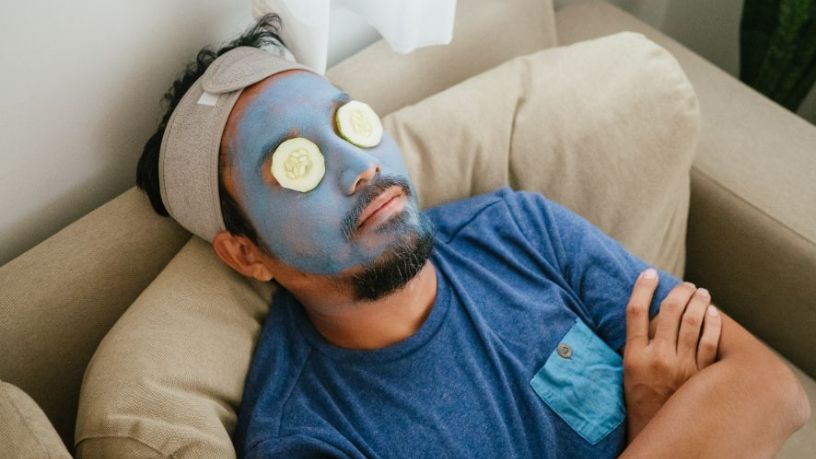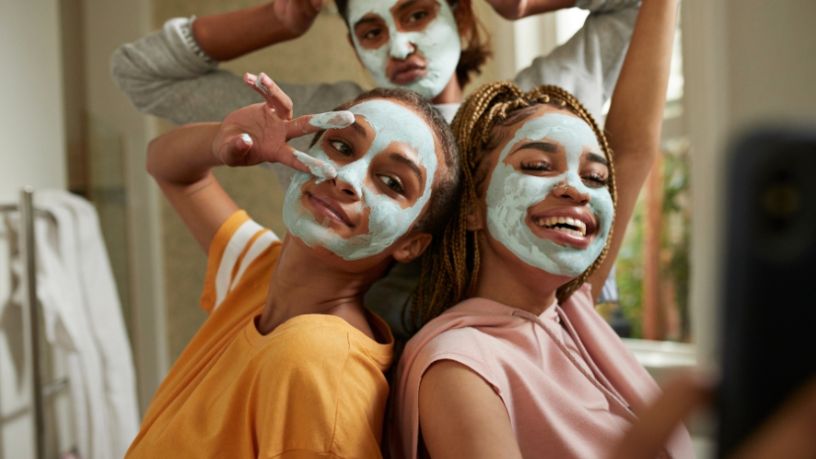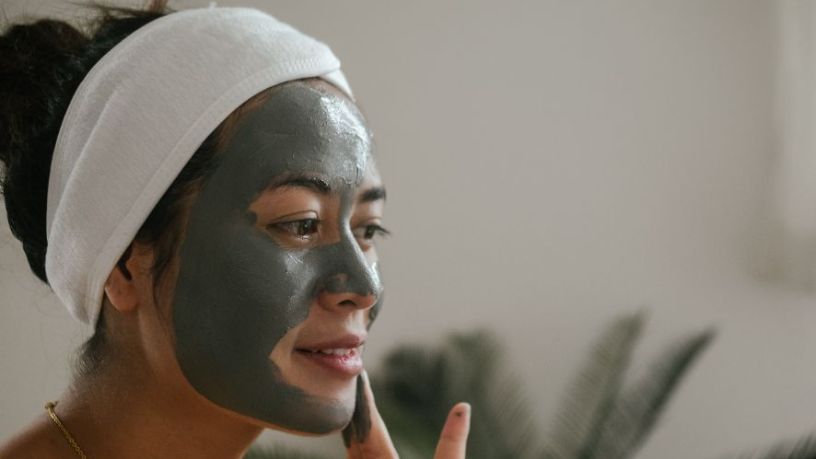Any sunscreen with an SPF30+ or higher is recommended, but the type you choose may depend on your age or skin type.
Key takeaways
Sunscreens for the face can help to reduce the risk of breakouts and clogged pores.
Check ingredients and product guidelines if you have sensitive skin or are using products on children.
Pop into your local supermarket or chemist and you’ll be met with a wall of sunscreen. Sensitive skin. Face-only. Cream, gel or spray. It’s enough to make you stay indoors!
Here, we break down what you need to know about sunscreen and help you select the ones that are right for you, your skin and your lifestyle.
Why do we need sunscreen?
Unlike light or heat, UV rays that come from the sun are invisible and can’t be felt. This is why the Cancer Council recommends you use sunscreen on days when the UV Index is predicted to be 3 or more.1 In Australia, that’s pretty much every day of the year, so making sunscreen as much a part of your routine as brushing your teeth is a good start.
Sunscreen is the most important product in your skincare routine. Most importantly, it can reduce your risk of skin cancer, but it can also:
- prevent sun damage and premature ageing
- reduce pigmentation
- help to even out your skin tone.
While the best type of sunscreen is the one you wear every day, there are some things to look out for.
Some sunscreens may suit your skin better than others, so it might take some trial and error.
We explore a few options to help find the right sunscreen for you.
Physical vs chemical sunscreen
Physical sunscreens use zinc oxide or titanium dioxide to sit on the skin’s surface to block UV, whereas chemical sunscreens contain chemicals that absorb the UV and convert it to heat.
If you don’t like a thick or heavy feeling on your skin, or if you are prone to acne, you might prefer a chemical sunscreen. These can be lightweight and have a non-greasy feel.
If you have sensitive skin, chemical sunscreens may not agree with you and you might be better off with a physical sunscreen that doesn’t penetrate the skin.
Both physical and chemical sunscreens can provide excellent coverage. Just make sure you’re using a broad spectrum to protect you from both UVA and UVB rays.
What sun protection factor (SPF) should I be using?
The Cancer Council recommends using sunscreen that is labelled broad-spectrum, water-resistant and SPF30 or above.2
While there’s no sunscreen that will give you total protection, an SPF30+ will filter about 97% of UVB rays, while SPF50+ gives you about 98% protection.
A broad-spectrum sunscreen is important to protect against both UVA and UVB rays. While both can be harmful and cause sun damage, they hit differently.
UVB rays are the ones that cause sunburn and most skin cancers, while UVA rays contribute to skin ageing and some skin cancers.
UVA rays can penetrate through clouds and glass, meaning your skin is vulnerable even on cloudy days or when you’re driving or sitting by a window inside.
That’s why wearing sunscreen every day is so important, even if you’re not spending much time outdoors.
Different countries have their own SPF standards, so opt for Australian-made sunscreen wherever possible.
Do I need a separate sunscreen for my face?
The skin on your face can be more sensitive than the rest of your body. If you have sensitive, oily or dry skin, you might prefer to use a sunscreen which treats those issues as well as providing sun protection.
Many facial sunscreens are oil free, which can help prevent breakouts.
It’s also a good idea to look for non-comedogenic products for your face, as they won’t clog your pores.
Facial sunscreens often come in smaller portions, with a bigger price tag. So, while you technically can use face sunscreen all over, you probably don’t want to waste large quantities on your body.
What type of sunscreen is best for my skin?
Creams, sprays, sticks, powders, gels or makeup hybrids?
There are so many choices, and it’s important to understand the differences between each before you make your decision.
We’re all familiar with cream sunscreens which are evolving and improving all the time, making them easier to rub into the skin.
Those with oily skin might prefer a water-based gel sunscreen. Gel formulations aren’t as common as creams but are just as effective.
Stick sunscreens are becoming more popular too. These are solid bars of sunscreen which you can swipe over your face and body. They’re handy for traveling and great for people on the go.
Sunscreen sprays and roll-ons are often a lightweight formula, but you still need to rub them into the skin. If you like a spray, opt for pump tops as the Cancer Council warns against using aerosol sunscreen.3 Research shows the propellant used can dilute the amount of sunscreen dispensed, making it hard to get good levels of UV protection.4
Many like to have their sunscreen added to their makeup, tinted moisturiser or BB cream. While this is a convenient option, you might not be applying enough sunscreen to your face. So it’s best to use a broad-spectrum SPF30+ (or higher) as a base underneath your makeup every day to be safe.
If you do wear makeup, a powder sunscreen (also known as dry sunscreen) might be a good option for reapplying. Powder sunscreens (made from titanium dioxide and zinc oxide) are an invisible sunscreen which can be applied like a loose powder.
For children under the age of 6 months check the packaging as many products aren’t suitable for young children.
There are pros and cons to each type of sunscreen, so it’s about finding a product you like and ensuring it’s a broad-spectrum with an SPF30+ or more.
If you like the product, or it’s easier to put on, you’re more likely to use it. Don’t forget to apply up to 20 minutes before heading out and reapply every 2 hours.

At Bupa, trust is everything
Our health and wellbeing information is regularly reviewed and maintained by a team of healthcare experts, to ensure its relevancy and accuracy. Everyone's health journey is unique and health outcomes vary from person to person.
This content is not a replacement for personalised and specific medical, healthcare, or other professional advice. If you have concerns about your health, see your doctor or other health professional.
1Cancer Council. (2024). About sunscreen. Cancer Council.
2Cancer Council. (2024). About SPF50+ sunscreen. Cancer Council.
3Cancer Council. (2020). Cancer Council warns against use of aerosol sunscreens [Press release].
4Hacker, E. (2020). Testing and evaluating aerosol sunscreens. Queensland University of Technology.
You might also like...
Can you get a sunburn through clothes?
Most people understand the need to wear sunblock or SPF protective moisturiser. But did you know you can also get burnt through your clothes?
6 winter skin solutions
Does your skin change every time the weather gets colder? We’ve put together 6 tips to help you nurture your skin this winter.
Clean beauty: What does it mean?
There are whole sections dedicated to clean beauty at some of Australia’s biggest beauty retailers. But what does ‘clean beauty’ mean, and is it worth it?
Have you been greenwashed?
Natural and sustainable products are gaining popularity. But how can we know if a brand is the real eco deal or just green washing?





